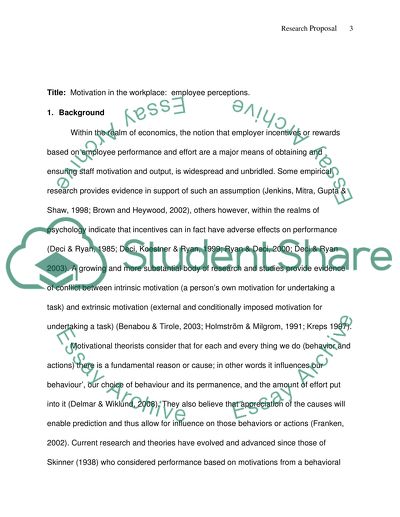Cite this document
(“Masters Research Proposal Assignment Dissertation”, n.d.)
Retrieved from https://studentshare.org/gender-sexual-studies/1419222-masters-research-proposal-assignment
Retrieved from https://studentshare.org/gender-sexual-studies/1419222-masters-research-proposal-assignment
(Masters Research Proposal Assignment Dissertation)
https://studentshare.org/gender-sexual-studies/1419222-masters-research-proposal-assignment.
https://studentshare.org/gender-sexual-studies/1419222-masters-research-proposal-assignment.
“Masters Research Proposal Assignment Dissertation”, n.d. https://studentshare.org/gender-sexual-studies/1419222-masters-research-proposal-assignment.


